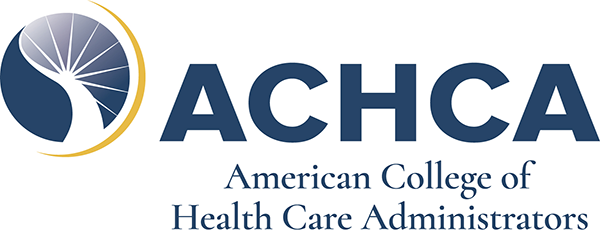Imagine a long-term care (LTC) facility that feels like home to everyone. A place where residents from all walks of life feel respected, valued, and comfortable expressing themselves authentically. This vision isn't just a feel-good aspiration; it's the foundation for delivering exceptional care.
LTC facilities can't afford to comply with minimum standards in today's diverse society. As an administrator and registered nurse, true quality care hinges on embracing diversity and fostering inclusion. This means going beyond regulations and creating a welcoming environment that celebrates each resident's unique needs and backgrounds.



